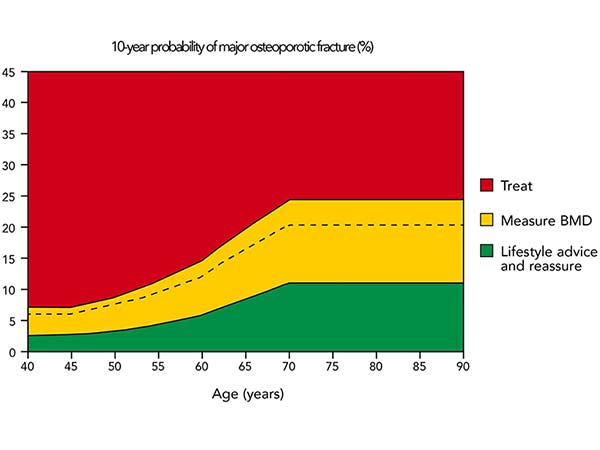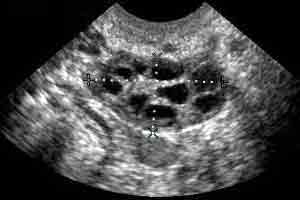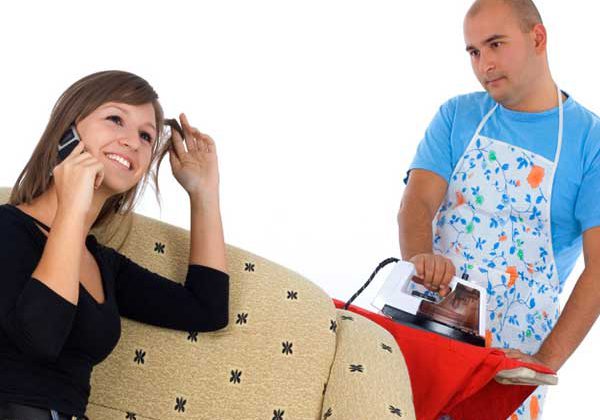Screening for Fracture Risk in Postmenopausal Women Is Cost-Effective
A recent Journal of Bone and Mineral Research analysis indicates that screening for fracture risk in older postmenopausal women is a good use of healthcare resources—in other words, it’s cost-effective.
 The analysis examined results from a large randomized controlled trial. Screening, using the FRAX fracture risk calculator in addition to bone density measurements, was highly cost-effective when compared with usual management, with savings due to prevention of all osteoporosis-related fractures and hip fractures.
The analysis examined results from a large randomized controlled trial. Screening, using the FRAX fracture risk calculator in addition to bone density measurements, was highly cost-effective when compared with usual management, with savings due to prevention of all osteoporosis-related fractures and hip fractures.
“This cost-effectiveness study was conducted within a trial of screening to prevent osteoporotic fractures in elderly women. This very large clinical trial, in over 12,000 participants, provided a unique opportunity to investigate the cost-effectiveness of screening using information collected from a single large cohort,” said lead author David Turner, of the University of East Anglia, in the UK. “This showed screening to be cost-effective and to represent an important resource for healthcare decision-making, both in the UK and internationally.”.
Source: Wiley
Full bibliographic information:
The Cost-Effectiveness of Screening in the Community to Reduce Osteoporotic Fractures in Older Women in the UK: Economic Evaluation of the SCOOP Study. Journal of Bone and Mineral Research.




